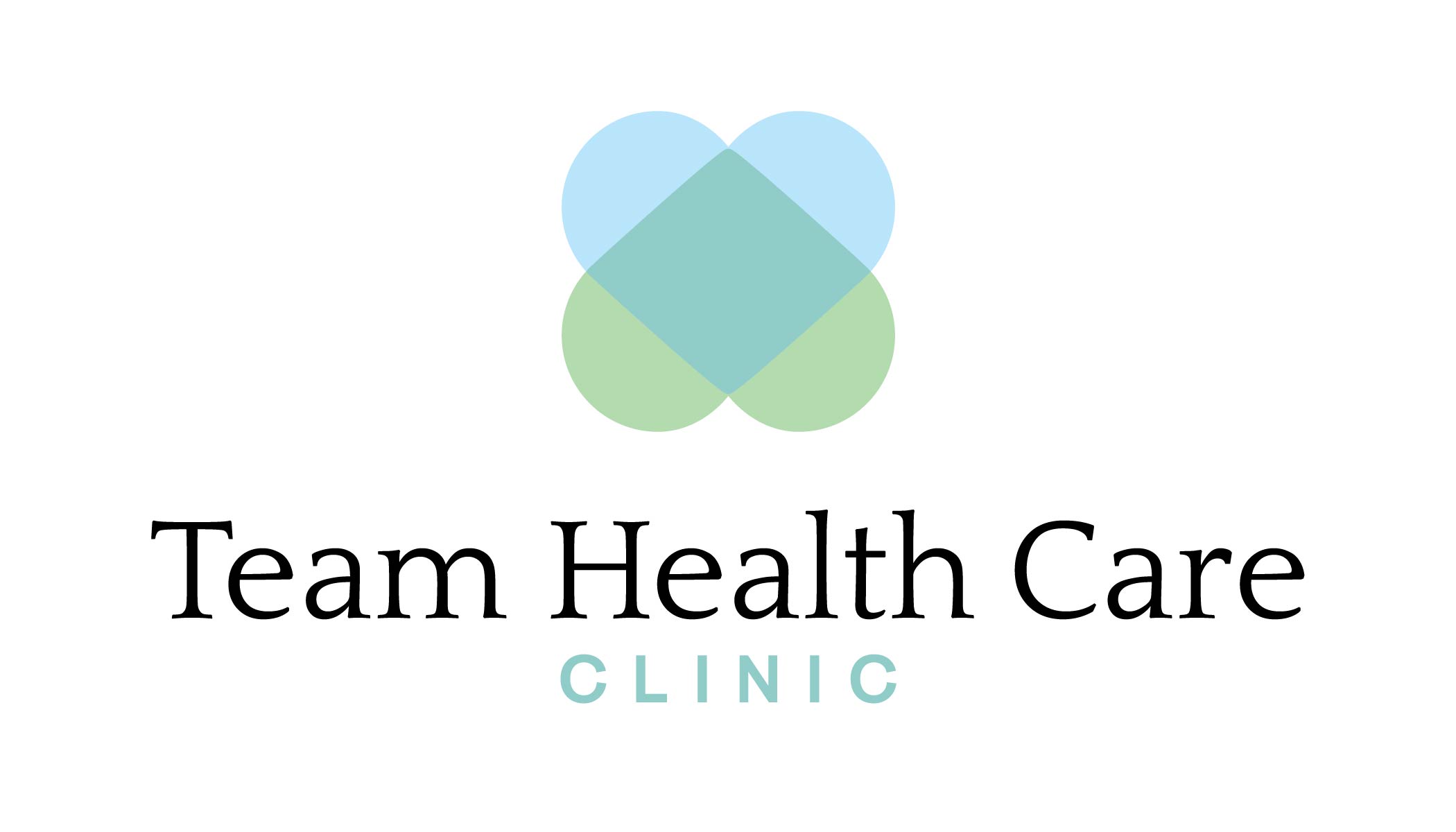School is back in session, fall weather is here and the kids are back to practice and games. It’s the season for football, soccer, tennis, dance, and volleyball. Unfortunately, when sports are in full swing, so are the number of sport injuries we see in the physical therapy department at Team Health Care Clinic. Don’t get me wrong, we LOVE working with young people at our clinic, but seeing them miss out on their favorite activities is a bummer.
Some of the common sports injuries we see are:
- Ankle sprains

- Hamstring strains
- Tennis elbow – sports that require gripping activity cause this, not just “tennis”
- Hip flexor strain
- Sciatica
- Shoulder injuries
These most common types of injuries are strains and sprains. They are injuries that affect the soft tissues such as muscle, ligaments and tendons in the body.
Sprains are injury to ligaments. These structures connect bone to bone and give joints their integrity. These injuries are sustained when a joint is stretched beyond its normal motion causing tearing or disruption to the ligament.
Strains are injuries that affect the muscles and tendons. Tendons attach muscles to the bone. Strains are muscles that have been over stretched or over used with repetitive motions. Injuries can be caused by a trauma such as a collision or over training. There is usually pain, swelling, and an altered movement pattern when these tissues are affected.
You can reduce your risk for soft tissue injury by:
- Warming up and stretching: this will increase the blood flow to your muscle tissues. Your muscle now responds like a warm piece of taffy vs. a cold piece of taffy. The muscle is going to be more flexible.
- Condition for your activity: do some pre-season work outs to prepare your body and gradually increase your intensity.
- Stop when you are fatigued: this reduces the risk of over use and abnormal movement patterns placing you at risk for injury.
- Wear appropriate footwear and protective gear: contact sports without a helmet? You get the idea.
- Cross train: this prevents over training and repetition injuries.
Fellow parents and coaches, we need to be attentive to our athletes. Child and teen athletes are especially prone to injuries, because they are still growing. During growth spurts, muscles are placed under more stress and stretch. Along with this they experience muscle imbalances and weakness. Look for signs of discomfort, a reduced desire to play or different movement patterns. This is a warning that could indicate something significant is going on. Pressure to participate can lead to decisions to play while injured, and put our athletes at risk for additional injuries. Continuing to play while injured prolongs their recovery and places them at risk. The biggest risk factor for a soft tissue injury is a previous or untreated injury. If an athlete has an injury and it is persisting, they need to seek care. Doing so early on will prevent further damage, and not delay their return to get back in the game.

Andrea Newport, PT

